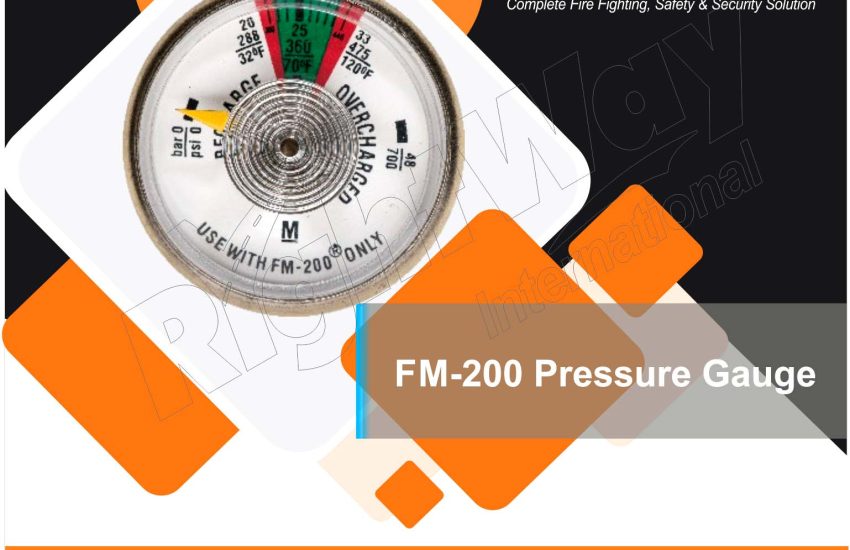FM-200 Pressure Gauge also known as HFC-227ea, is a popular clean agent fire suppression system widely used in data centers, telecommunications, and other sensitive environments. One critical aspect of ensuring its effectiveness is the pressure gauge associated with the system. This article will explore the importance of FM-200 pressure gauges, their types, maintenance, and best practices.
Importance of FM-200 Pressure Gauges
Pressure gauges play a vital role in monitoring the state of the FM-200 system. EOL adapters provide real-time data on the pressure of the fire suppression agent, helping ensure the system remains charged and ready for use. Maintaining the correct pressure is essential for the following reasons:
- System Readiness: A properly charged FM-200 system ensures that it will function effectively in an emergency.
- Safety Compliance: Regulatory standards require regular inspections of fire suppression systems, including pressure checks.
- Preventing False Alarms: An incorrectly pressurized system can lead to failures or false activations, which may cause unnecessary disruption and costs.
Types of FM-200 Pressure Gauges
- Analog Pressure Gauges: These traditional gauges display pressure readings through a dial and pointer. They are simple to read and widely used but may require more frequent calibration.
- Digital Pressure Gauges: Offering a more modern approach, digital gauges provide precise readings and often feature alarms for out-of-range pressures. They may also have data logging capabilities, making them ideal for comprehensive monitoring.
Maintenance of FM-200 Pressure Gauges
Regular maintenance of pressure gauges is crucial to ensure accurate readings and system reliability. Here are some best practices:
- Routine Inspections: Check the gauges during regular fire system inspections, looking for signs of wear or damage.
- Calibration: Regularly calibrate analog gauges, typically once a year, to ensure accuracy.
- Cleaning: Dust and debris can affect gauge performance. Keep gauges clean and free from obstructions.
- Replacement: If a gauge shows signs of malfunction (e.g., erratic readings or physical damage), replace it immediately to avoid compromising the system’s integrity.
Best Practices for Using FM-200 Pressure Gauges
- Installation: Ensure that gauges are installed in accessible locations for easy monitoring and maintenance.
- Environmental Considerations: Protect gauges from extreme temperatures, humidity, and corrosive environments that could affect their accuracy.
- Record Keeping: Maintain a log of pressure readings and maintenance activities for compliance and system performance tracking.
Conclusion
FM-200 Pressure Gauge are essential components of fire suppression systems, ensuring that the system remains ready to protect valuable assets. By understanding their importance, types, and maintenance needs, facility managers can help ensure that their FM-200 systems function effectively and comply with safety standards. Regular monitoring and proactive maintenance will contribute to a safer environment and peace of mind.


